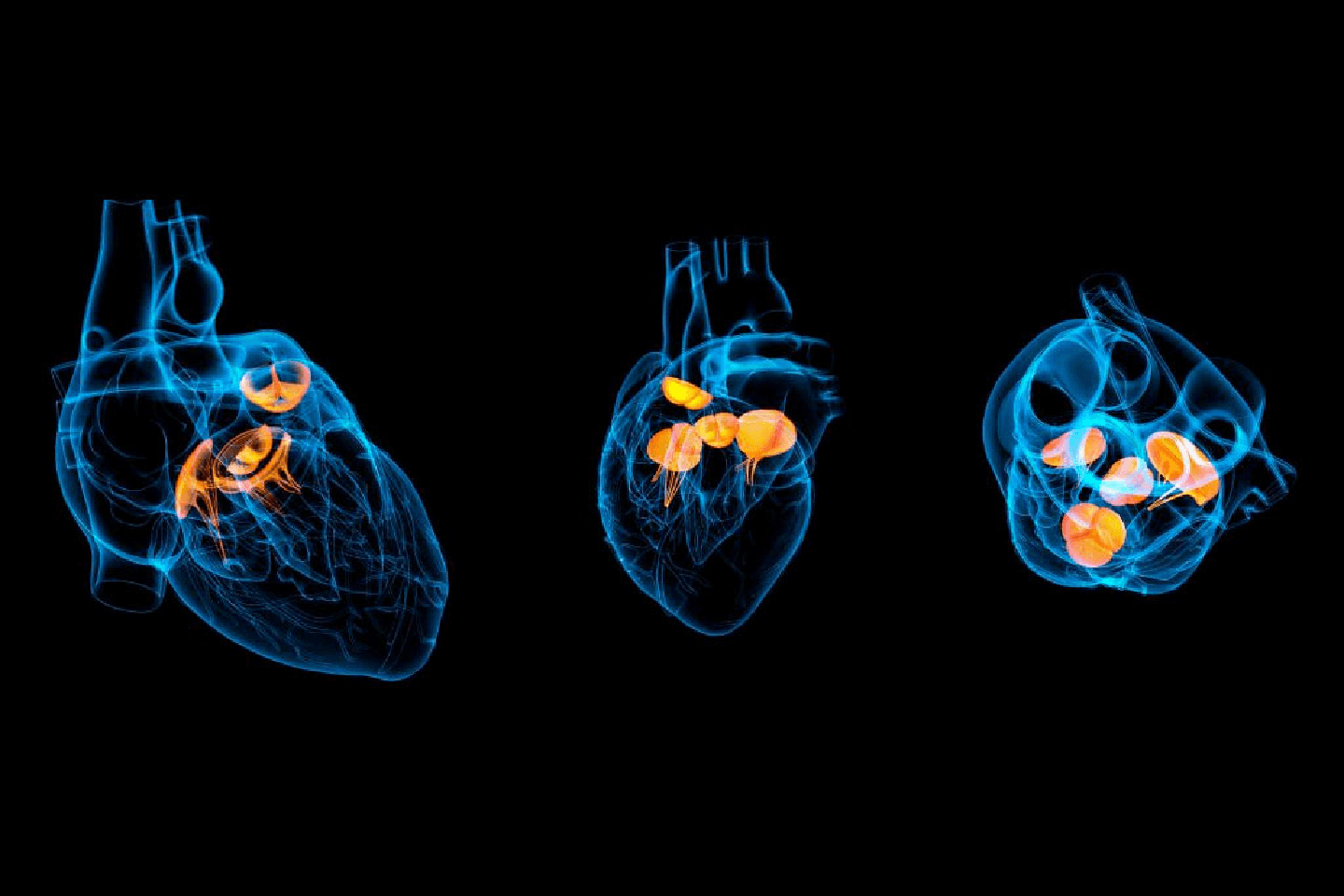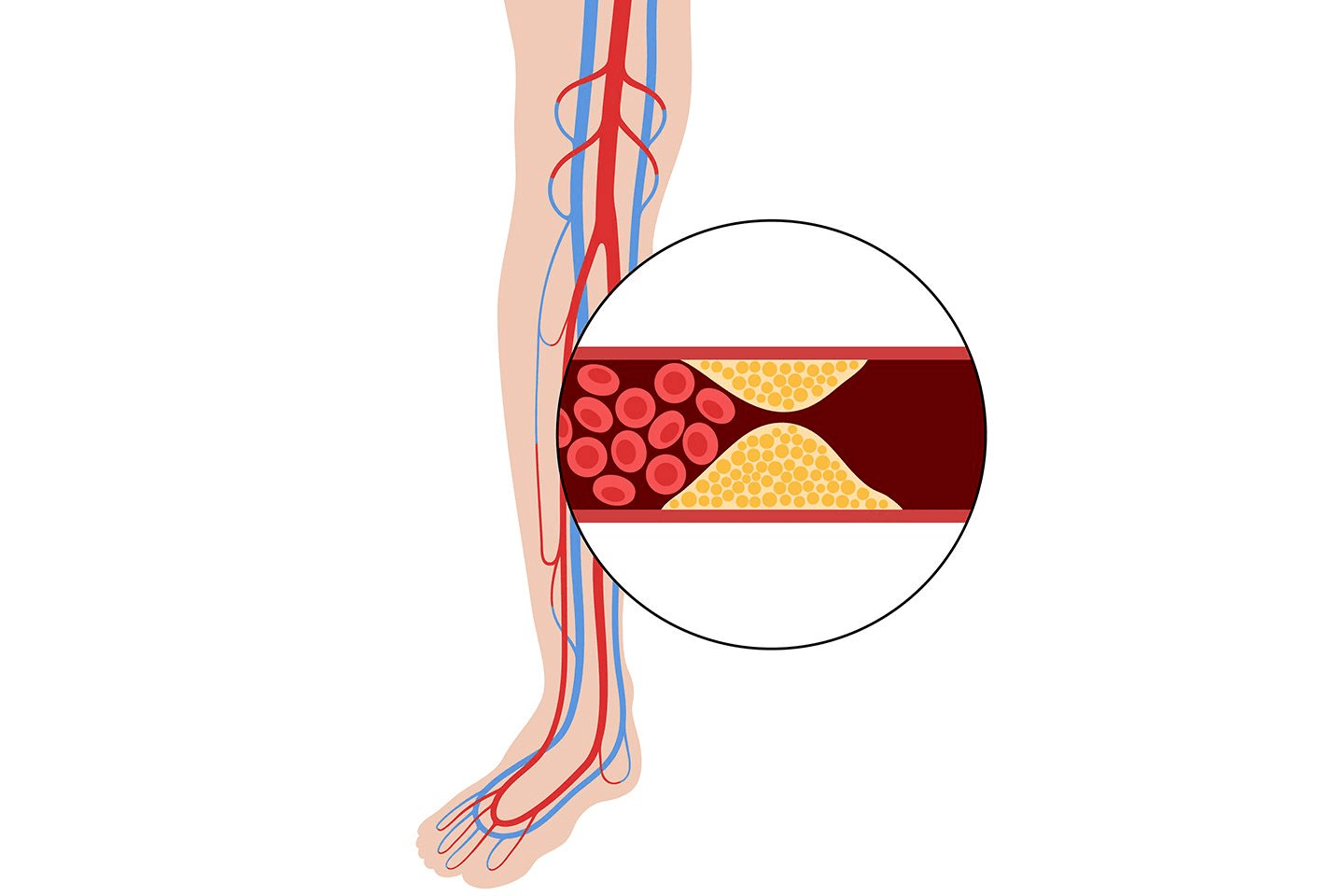
Life after Aortic Valve Replacement
Aortic Valve Replacement Process And Life After The Procedure
In the past two decades, several critical advancements in the aortic valve repair field have established the procedure as a feasible and viable alternative to valve replacements. These advancements have led to a deeper understanding of the functional anatomy of the aortic valve. Indeed, it has been widely accepted and established that it is now possible to surgically manage aortic valve disease with Aortic Valve Replacement (AVR) with the help of various available prostheses. Many studies have testified about the long-term results and durability of the value, resulting in no need for reoperation after undergoing the AVR surgery. The survival rate of patients undergoing this procedure is also high. Let's understand what aortic stenosis is, the SAVR and TAVR procedures and what life is like after undergoing these procedures.
About aortic stenosis
Aortic stenosis is regarded as one of the most common, yet serious valve disease problems. It refers to the narrowing of the aortic valve's opening. This critical condition restricts the flow of the blood from the left ventricle to the aorta. It may also affect the pressure within the left atrium. Some people suffer from aortic stenosis owing to a congenital heart defence known as a bicuspid aortic valve. For most others, this serious medical condition typically develops as one begins to age. With age, the valves are damaged by calcium or scarring, thus restricting the blood flow.
Aortic stenosis – The symptoms and how the disease progresses
Many people suffering from aortic stenosis do not experience any specific, noticeable symptoms until the restricted blood flow amount decreases significantly. Common symptoms associated with Aortic Stenosis include chest pain, breathing troubles or shortness of breath, rapidly fluttering heartbeats, feeling lightheaded or dizzy, fainting, swollen feet or ankles, difficulty walking short distances, sleeping problems and decline or reduction in energy for everyday activities.
Apart from these above-mentioned symptoms associated with aortic stenosis disease, the left ventricle wall may also show muscular thickening, since the ventricle has to work extra hard to pump blood through the narrow valve opening into the aorta. This is a sign that the disease has progressed. Furthermore, the thickened wall continues to take up more space within the lower chamber of the heart, which allows lesser room for adequate blood supply to the body. This condition may lead to heart failure. However, it is possible to slow down the progress of aortic stenosis diseases with appropriate treatment. Typically, your doctor may recommend an echocardiogram before determining the course of treatment. Possible treatment options for this disease are general medication, an aortic valve repair procedure or a valve replacement surgery. Let's understand the aortic valve replacement procedure in detail.
Understanding the Aortic Valve Replacement process
There are two ways in which the aortic valve replacement surgery may be performed. The first is the traditional open-heart surgery, and the second is a minimally invasive procedure involving smaller incisions as opposed to those used during open-heart surgery. While the open heart surgery is also known as Surgical Aortic Valve Replacement or SAVR, The minimally invasive procedure is known as the Trans-catheter Aortic Valve Replacement or TAVR.
During the SAVR procedure, the surgeon removes the aortic valve, replacing it with a mechanical valve. He may also replace it with a valve made out of human heart tissue, or pig, or cow tissue, also known as biological tissue valves. It is also possible that the doctor may use some other kind of biological tissue valve replacement, which uses the patient's pulmonary valve. In most cases, the biological tissue valves have to be replaced simply because they tend to degenerate with time. In case a mechanical value is implanted, the patient will most likely be prescribed blood-thinning medications, which help prevent blood clots. Such a patient will need to take the blood thinners for the remaining duration of their life. Before undergoing the aortic valve replacement surgery, the surgeon usually discusses the benefits and risks associated with each valve type. The doctor determines the most appropriate valve for the patient based on his or her condition.
What is TAVR?
The Trans-catheter Aortic Valve Replacement or TAVR procedure is a minimally invasive heart procedure used by surgeons to replace a narrowed aortic valve, which does not open properly. The procedure is also referred to as The Transcatheter Aortic Valve Implantation or TAVI.
TAVR is typically an option for patients at a high or intermediate risk of complications arising from open-heart surgery. The minimally invasive procedure can relieve the patient of the various signs and symptoms associated with aortic valve stenosis. It can also potentially improve the survival rate of people with severe symptoms.
The TAVR procedure
Before undergoing the TAVR procedure, the doctor evaluates the patient to ensure no risk factors may affect the patient during the procedure. The patient is generally given medication, to be taken before going through with the procedure. The medicine helps reduce the risk of infection. The patient is then sedated or given general anaesthesia and put in a sleep-like state. A member of the surgeon's team provides the medication through an intravenous (IV) drip in order to prevent any blood clots from forming. The treatment team monitors the patient's blood pressure as well as heart rhythm and function and keeps an eye on any changes that may need managing, while the surgery is going on.
To perform the TAVR procedure, the surgeon typically accesses the patient's heart either through a blood vessel in the leg or via a tiny incision made in the patient's chest. If needed, the surgeon may also use another approach to access the patient's heart. A hollow tube known as the catheter is inserted via the access point. With the help of a screen in the operation theatre, the surgeon utilises advanced imaging techniques in order to guide the catheter through the patient's blood vessels, on to the heart and then into the patient's aortic valve.
Upon positioning the new valve, a balloon on the tip of the catheter is inflated so as to expand the replacement valve into the appropriate position. A few valves may also expand without using the balloon altogether. The doctor only removes the catheter after ensuring that the value is placed securely.
Merils's Myval-TAVR technology was approved for commercialisation by the Central Drugs Standard Control Organization (CDSCO) in November 2018. The Myval-TAVR technology device is the first indigenously developed and manufactured Transcatheter Aortic Heart Valve Replacement (TAVR) technology, making Meril the first Indian company globally, and the third in India to make the TAVR-technology commercially available. The Myval TAVR technology was approved based on successful results from a clinical study conducted in India, with all patients doing well, post-surgery.
The Myval-TAVR technology is backed by robust bench testing, pre-clinical and clinical data. It has been developed after extensive research conducted over six years. TAVR is the ideal alternative to replace diseased valves without undergoing the traditional open-heart procedure.
Post TAVR surgery – follow-ups
After undergoing the Trans-catheter Aortic Valve Replacement procedure, the doctor may recommend several follow-up appointments for the patient to relay information about how they are adjusting to life after the procedure. The consultation also helps the doctor understand if the patient has developed any new, worsening symptoms. Like with the open-heart surgery, the doctor may prescribe blood-thinning medications to prevent blood clots. However, unlike the open-heart surgery, thinners may not be prescribed for life, but for a specific period of time. The patient must take the prescribed medications and immediately consult the doctor if they feel any discomfort.
Artificial heart valves such as the transcatheter aortic valve can get infected with bacteria. Typically, the bacteria responsible for causing heart valve infections stems from the bacteria present in the mouth. As such, the doctor may recommend maintaining excellent dental hygiene and going for routine dental cleanings to prevent such infections from occurring. The patient may also be prescribed specific medications to prevent infection. The patient must take the medicines before undergoing some specific dental procedures, as suggested by the doctor.
How it TAVR different from SAVR
As mentioned in the above section, the fundamental difference between SAVR and TAVR lies in the fact that the former is open-heart surgery, and the latter is a minimally invasive procedure. During the open-heart procedure, the doctor makes an incision in the chest to access the heart and removes the diseased aortic valve, replacing the heart valve with a new one. For several years, this was the standard form of treatment given to patients suffering from aortic stenosis. Conversely, TAVR is a catheter-based, minimally invasive, relatively new procedure, which has now emerged as the first-line therapy for patients suffering from severe aortic stenosis; those who may be unable to withstand the open-heart procedure. As per several medical reports, the introduction of TAVR has resulted in a new hope of survival among patients of aortic stenosis.
TAVR surgery is typically recommended only for patients with severe aortic stenosis and a three-leaflet valve, i.e. a tricuspid aortic valve, as opposed to a two-leaflet valve or a bicuspid aortic valve. Patients suffering from ailments such as endocarditis (heart infections) or associated aneurysms are not deemed suitable candidates for TAVR.
Determining the right course of action – SAVR or TAVR
Doctors determine whether a patient needs SAVR or TAVR after analysing the level of risk associated with the patient's condition – whether it is extremely risky, highly to moderately risky or low risk to non-risky. Up to 2018, patients belonging to the extreme to high-risk category were deemed the only suitable candidates for the TAVR procedure. However, a study in 2020 analysed that the treatment is also approved to treat low-risk patients.
The doctors also examine the patient's anatomy to determine the course of action. This means they check the patient's valve size – which could be either too large or too small. The doctors then discuss the necessary information with the patient, which includes the complications and risks associated with both courses of treatment, as well as the healing issues, the post-procedure body trauma and the long-term outcomes. Patients are informed about the best-suited valve for them in the next five to fifteen years.
Essentially, while both types of valves are tissue-based valves, SAVR is a fixed stent that comes with an approximate post-surgery life span of fifteen years. Conversely, the TAVR valve expands and contracts, but doctors cannot predict the patient's life span.
Life after Trans-catheter Aortic Valve Replacement
It should be noted that for patients undergoing the relatively less invasive TAVR procedure, the recovery period is much shorter, and the patient can resume their routine life much faster. That said, patients are required to make several lifestyle changes after undergoing the aortic valve replacement procedure.
Transitioning to the new normal
In the first few days or weeks after undergoing the TAVR procedure, the patient will need to take care of the incision and attend the follow-up visits and ensure they don't strain their heart. Once the follow-ups are completed, the patient can return to their regular routine. Life after the TAVR procedure can be thoroughly satisfying if the patient follows the doctor's recommendations. For instance, most patients are advised to make cardiac rehabilitation their priority, including both exercises and significant lifestyle changes. These changes can help reduce the patient's chances of suffering from heart health issues in the future.
Dietary changes
The most obvious thing that patients of Trans-catheter Aortic Valve Replacement procedure have to do is make significant dietary changes. They need to switch to a diet which is healthy for their heart. According to the American Heart Association, a good diet is one of the most effective weapons for fighting heart diseases. Here are a few dietary changes that aortic valve repair or replacement patients should make:
- The patient should include lots of fresh fruits, vegetables, nuts, legumes and whole grains in their diet. Most of these products are high in fibre which is good for both the heart and general health.
- The patient should drastically reduce the consumption of products containing saturated fats and trans-fats.
- The patient should also drastically reduce the intake of sugar from their diet.
- The patient must reduce or limit the amount of sodium consumption, which helps them avoid retaining excess water. Reducing the salt intake also helps control blood pressure as well as the heart's and blood vessel's wear-and-tear.
- Patients maintaining a non-vegetarian diet can continue consuming meats so long as they embrace lean meats such as poultry and fish, along with fat-free dairy products like low-fat yoghurt.
- In case a patient is taking any calcium supplements, they must check with their doctor if they can continue taking the supplements.
Including exercises in daily routine
Another critical lifestyle change suggested to patients of both aortic valve repair, and TAVR procedure is to include light exercises in their daily routine. While it is essential to start exercising, the patient must ensure not to overdo it, as it can put a strain on the heart. Strenuous exercises can be taxing on the heart and can also potentially injure other body parts. As such, the patient should consult the doctor before devising an exercising routine. The doctor will take the patients overall health and heart condition into account and recommend exercises accordingly.
Typically, patients are advised to start with low-impact activities like going for a short walk. They can gradually build up their stamina and heart strength and increase speed and walking distance over time.
Final note
Recovering from any heart procedure, including replacing heart valve can take time. SAVR and TAVR are performed only after analyzing if the surgery is necessary. While SAVR was the only course of treatment for the longest time, the TAVR procedure is quickly becoming the better option. Irrespective of which type of aortic valve repair or replacement procedure patients undergo, they must keep in regular contact with their healthcare providers and ensure they are following the lifestyle changes prescribed by the doctor. If patients notice any symptoms that could be a cause for worry, they must immediately contact their cardiologist. While it may be nothing alarming, it is better to be cautious and bring it to the doctor's attention.



